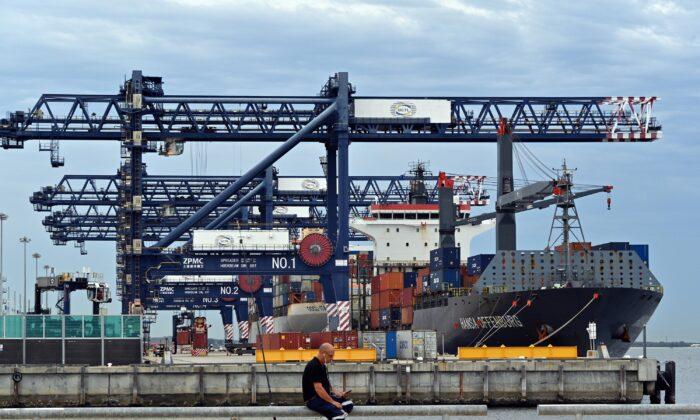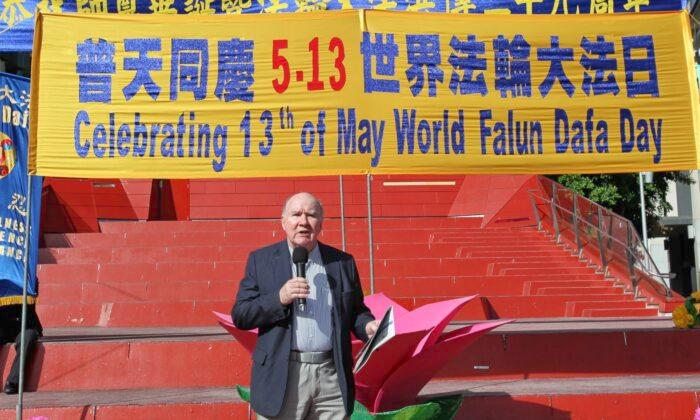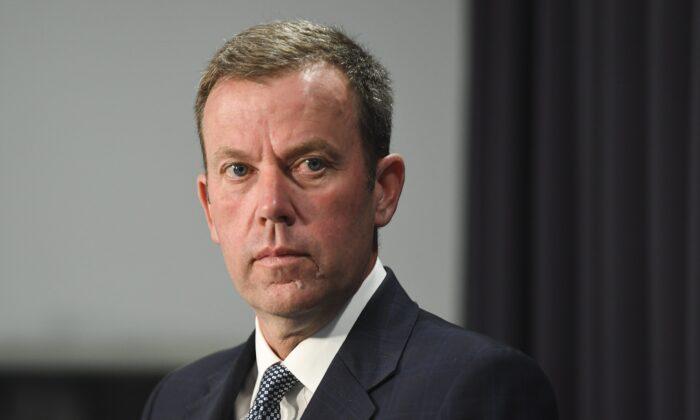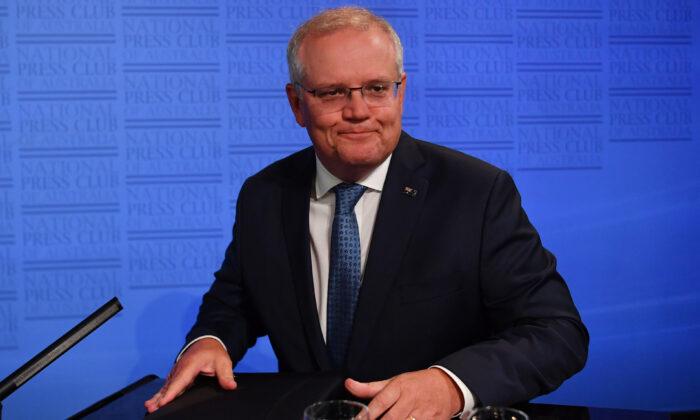Australia’s road to normality and “sovereign capabilities” relies on an economic recovery plan focused on economic self-sufficiency, less dependency on China, innovative businesses, and fewer restraints on competition in manufacturing and other sectors said Prime Minister Scott Morrison on April 29.
“It isn’t achieved through nationalisation or large public subsidies and protectionism. It’s achieved by having competitive businesses that can operate in these sectors and be successful. That is what the road back looks like,” he said.
In response to a question about dependency on China, Morrison said, “Australians will find markets, as we have been now for a long time, all around the world, and for many years now our markets have been diversifying.”
Responding to a reporter who asked whether the wheels had fallen off Australia’s relationship with China, Morrison responded, “The thing about our relationship with China is it is a mutually beneficial one.”
Protecting Public Health and the Economy
Australia is fighting a battle on two fronts: health and the economy. As the curve continues to flatten, restrictions have begun to ease. However, the economic recovery is still a long way off.Morrison said the aim isn’t to eradicate the virus, which is why the government’s contact tracing app, “COVID Safe” is vital to managing future outbreaks. Launched on April 26, to date 2.4 million people have downloaded the app.
“We don’t want to just win the battle against COVID-19 but lose a broader conflict when it comes to the economy and the functioning of our society,” Morrison told reporters in Canberra on April 29.
“Of course there will continue to be additional cases, of course, there will be outbreaks—that’s what living with the virus will be like,” he said.
The Jobkeeper program has been vital to protecting Australia’s economy during the economic downturn.
“You can’t shut down the economy for months without providing massive support to businesses and workers,” he said.
The $130 billion (US$83.2 billion) Jobkeeper package legislated on April 9 grants around 6 million Australian workers a $1500 per fortnight lifeline subsidy. The money is paid to employers to continue paying their employees for six months. It also brings the total economic support provided by the government and the Reserve Bank of Australia to a staggering $320 billion (US$205 billion)—more than 16 percent of GDP.
“This was an emergency response measure,” Morrison said. “This was not a change in the government’s view about the broader role of the social safety net in Australia.”





